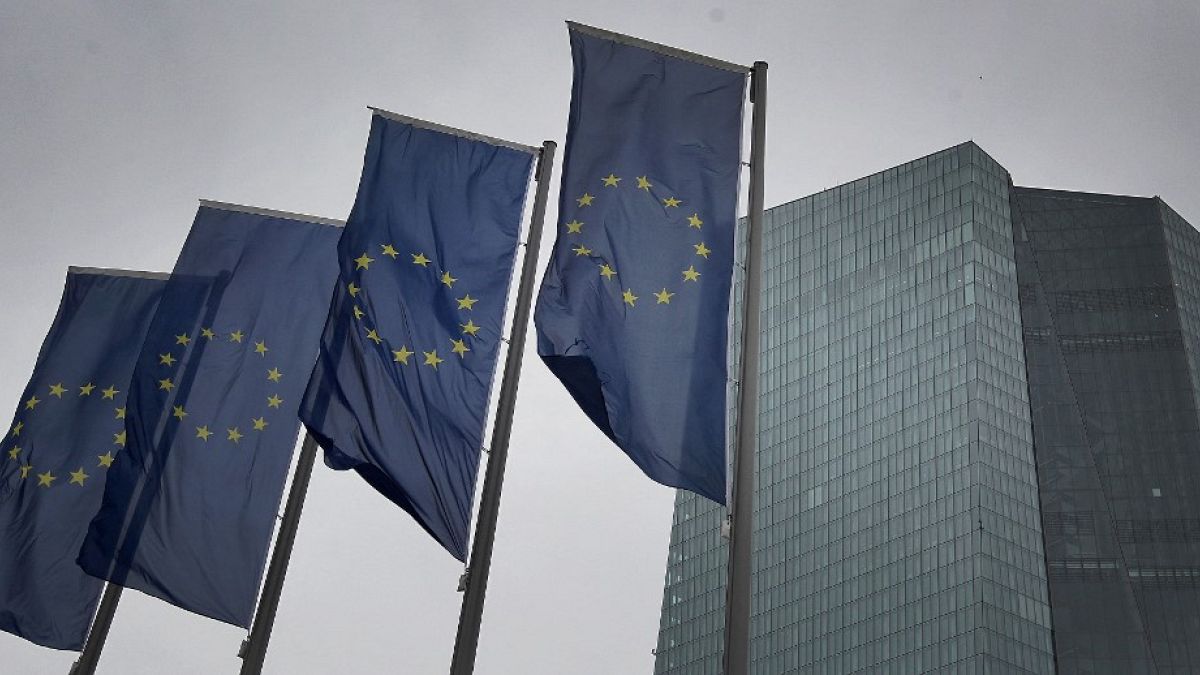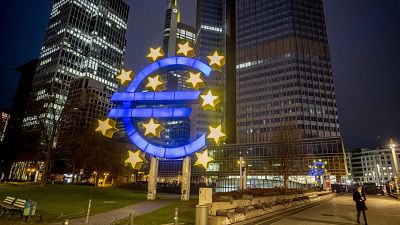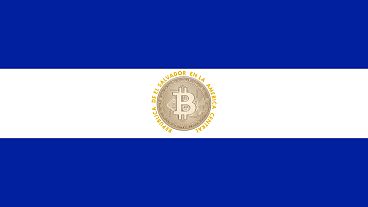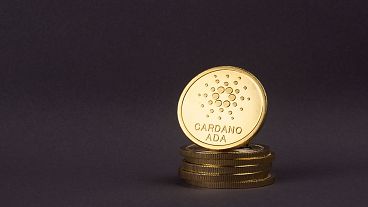Increased consumer spending was marked out as a catalyst for a rapid rise in GDP in the EU and eurozone, according to the new report.
The Eurozone economy recovered more rapidly than thought from its winter lockdowns, according to a new report released on Tuesday.
Compared with the same quarter of the previous year, seasonally adjusted GDP increased by 14.3 per cent in the euro area, and by 13.8 per cent in the EU in the second quarter of 2021.
Compared with the previous quarter of this year, the GDP increased by 2.2 per cent in the eurozone and by 2.1 per cent in the EU.
Consumer spending drove the recovery: household final consumption expenditure increased by 3.7 per cent in the quarter, as people returned to shops, hospitality venues and leisure sites.
Picture different from country to country
But the situation varies from country to country. Ireland recorded the sharpest increase of GDP compared to the previous quarter (+6.3 per cent), followed by Portugal (+4.9 per cent).
Declines were observed in Malta (-0.5 per cent) and Croatia (-0.2 per cent).
Government spending also boosted growth, through stimulus packages and health measures to fight the COVID-19 pandemic.
The number of employed persons increased by 0.7 per cent in both the euro area and in the EU in the second quarter of 2021, compared with the previous quarter.
In the first quarter of 2021, employment had decreased by 0.2 per cent in both the euro area and the EU.
Watch the full report in the media player above.















